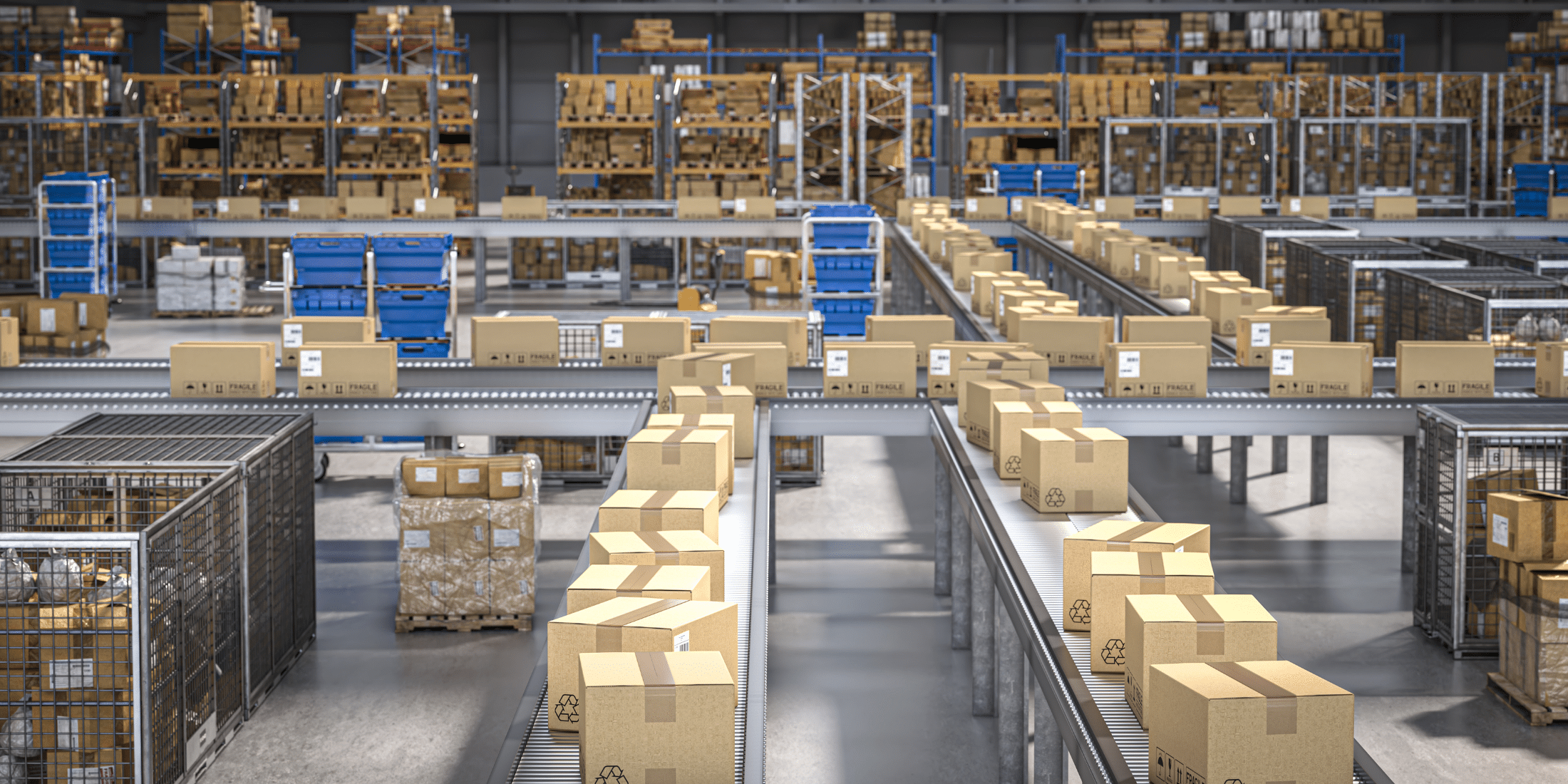
AI Automated Order Allocation is the ability to continuously and transparently optimize allocation decisions by actively monitoring your demand and supply landscape while keeping decisions aligned with strategic business objectives.
AI-powered automated order allocation helps supply chain leaders reduce costs, improve fulfillment accuracy, and protect margins by replacing manual processes with intelligent, real-time decision-making.
Look around, and nearly every company is talking about AI. It’s on every boardroom agenda, woven into annual reports, and showcased at industry events. And it’s even embedded somewhere in 97% of supply chains, according to Logility’s Supply Chain Horizons 2025 market study.
But dig a little deeper, and the reality of AI adoption is far more complex in supply chains. Only 33% are applying the technology to solve supply chain-specific challenges, such as order fulfillment or allocation. And when it comes to high-stakes areas that directly impact margins and customer satisfaction, outdated approaches are still being used — even as risks multiply and become more costly.
Supply Chain Horizons 2025 Market Report
Explore this report to learn insights about the current state of AI and allocation from 500 decision makers in important global markets .
Access ReportFrom the Hidden Costs of Manual Order Allocation
Ask any supply chain leader, and they’ll agree that manual order allocation is not only time-consuming and exhausting but also expensive, wasteful, and full of negative consequences.
Allocators can spend hours wrestling with spreadsheets, and IT teams are expected to patch together fragmented data. In the meantime, managers are forced to make gut decisions on which orders to fill on time and which should be delayed.
Logility’s research reveals the widespread nature of these struggles. Every organization surveyed reports facing serious order fulfillment challenges, with average forecast accuracy stuck at 48% and on-time, in-full (OTIF) performance hovering at 52%. Even more startling, 48% of supply chain leaders admit that their scenario planning extends only a week into the future, leaving them dangerously exposed to disruptions. In many businesses, even the most basic allocation calls come down to legacy knowledge and instinct, rather than data-driven certainty.
The costs of manual order allocation extend far beyond overtime hours and extra fees. Companies routinely absorb penalties tied to late or incomplete deliveries and eroding trust with strategic accounts. Meanwhile, allocators find themselves locked in a cycle of constant tactical churn, too busy reacting to today’s problems to steer the business toward long-term opportunities proactively.
Zoom in by industry or geography, and the challenges change without any sign of disappearing. In the apparel industry, 67% of companies worldwide struggle with a lack of customer collaboration, making them especially vulnerable to sudden shifts in supply or demand. For example, 47% of German apparel companies cite rigid, simplistic ERP systems as their most significant constraint, while 54% of those in India identify variable lead times as their primary concern.
No matter the sector or region, one thing is clear: manual allocation can’t keep pace with modern complexity, leaving companies with mounting risks and shrinking margins.
To Automated Allocation With Intelligent Order Response
It’s no wonder so many organizations are exploring AI. Yet despite the enthusiasm, caution still runs deep. Among Logility’s survey participants, 52% point to legacy systems as a barrier, 43% worry about data security, and 40% say they don’t trust AI outputs enough yet.
Most companies are in the “show me first” phase of AI adoption. And that’s precisely where Logility’s Intelligent Order Response solution can help.
Unlike traditional systems that tack on AI as an afterthought, this AI-native solution is built from the ground up to continuously and transparently optimize allocation decisions. It actively monitors your entire demand and supply landscape, automatically optimizes most orders, and proactively surfaces the most effective ways to resolve shortages, all while keeping decisions aligned with strategic business objectives, such as margin protection, penalty avoidance, and prioritization of key customers.
Don’t be fooled: allocators aren’t being replaced. The real power is in how the technology improves productivity and the quality of decisions. Intelligent Order Response provides clear, prescriptive recommendations and outlines trade-offs in straightforward terms, while allowing allocator to apply their judgment and step in with manual overrides when necessary.
Intelligent Order Response offers the best of both worlds — human intuition paired with AI’s relentless capacity to detect patterns, weigh constraints, and adjust at speed. This approach to automated order allocation means fewer surprises, fewer fees for expedited shipments, and significantly fewer penalties.
Here’s Your Sign: Make Automated Order Allocation Your Next Edge
As volatility remains a reality in daily operations, supply chain leaders are seeking AI use cases that are truly transformative, starting with high-impact processes such as order allocation. Companies that embed automated allocation into their operations can promise more and deliver faster because their order fulfillment strategies are always grounded in a real-time, end-to-end view of what’s happening across their network.
As long as disruption remains business as usual for supply chain organizations, the payoff is essential today:
- Lower costs tied to penalties, rushed logistics, and lost customers
- Steadier OTIF performance that keeps buyers coming back
- Freed-up talent to drive strategic growth instead of fighting daily fires
- A stronger foundation to maximize margins, even under relentless pressure
That’s why now is the time to rethink, retool, and transform allocation from a fragile risk into your next competitive edge.



